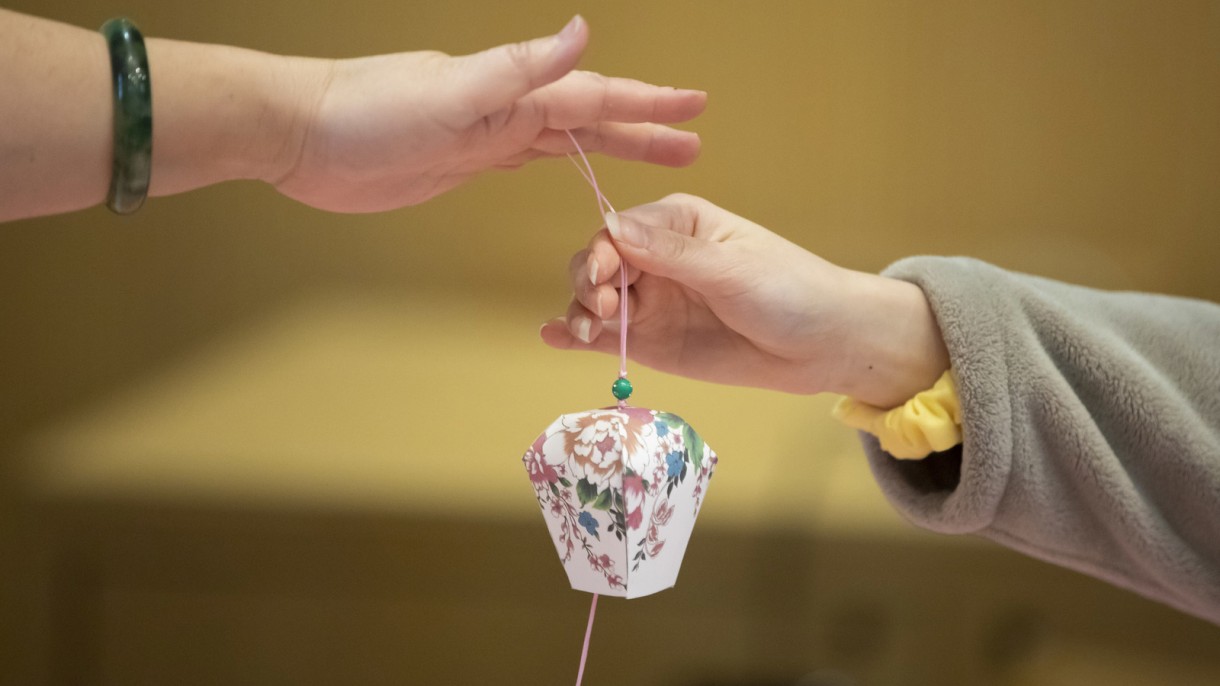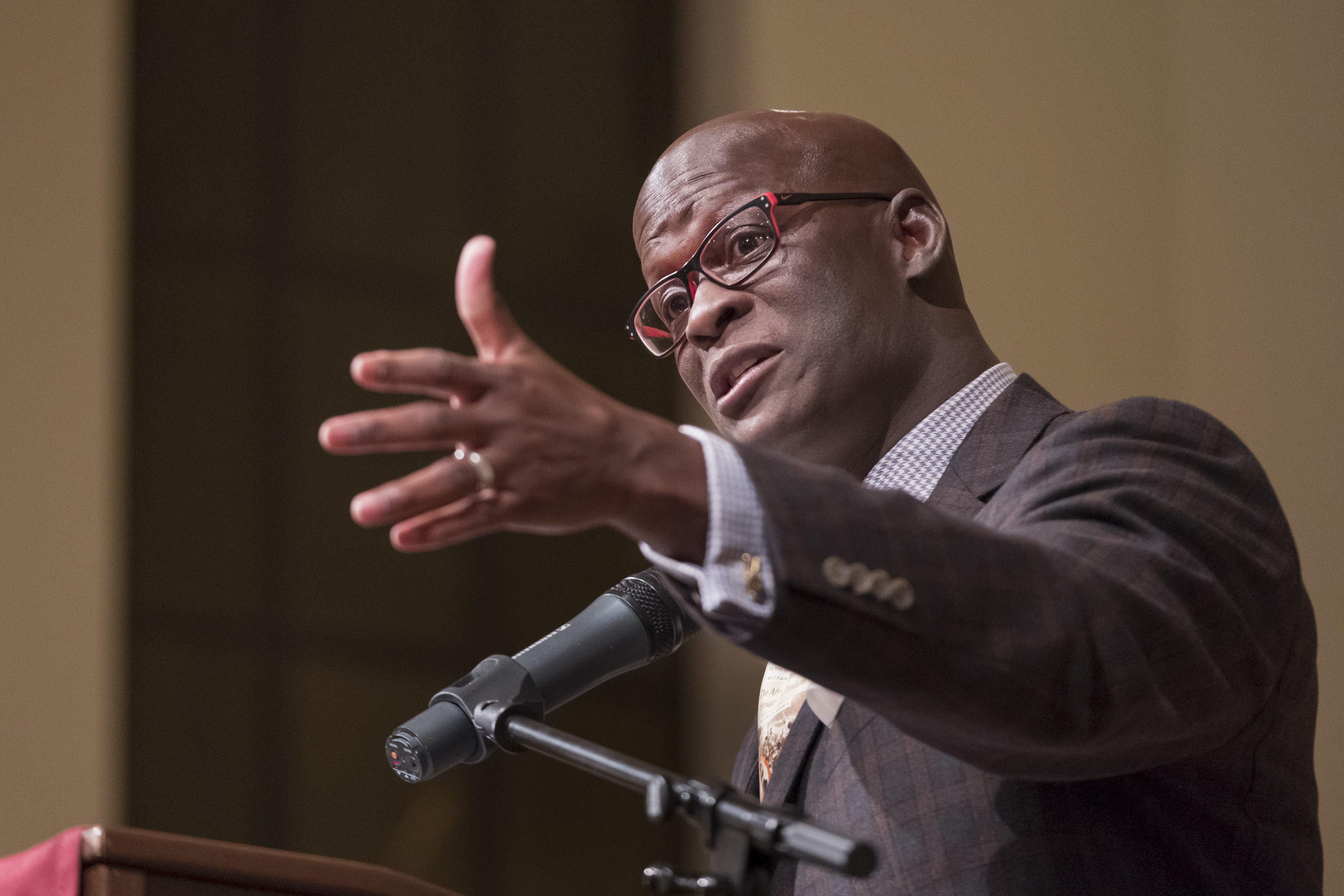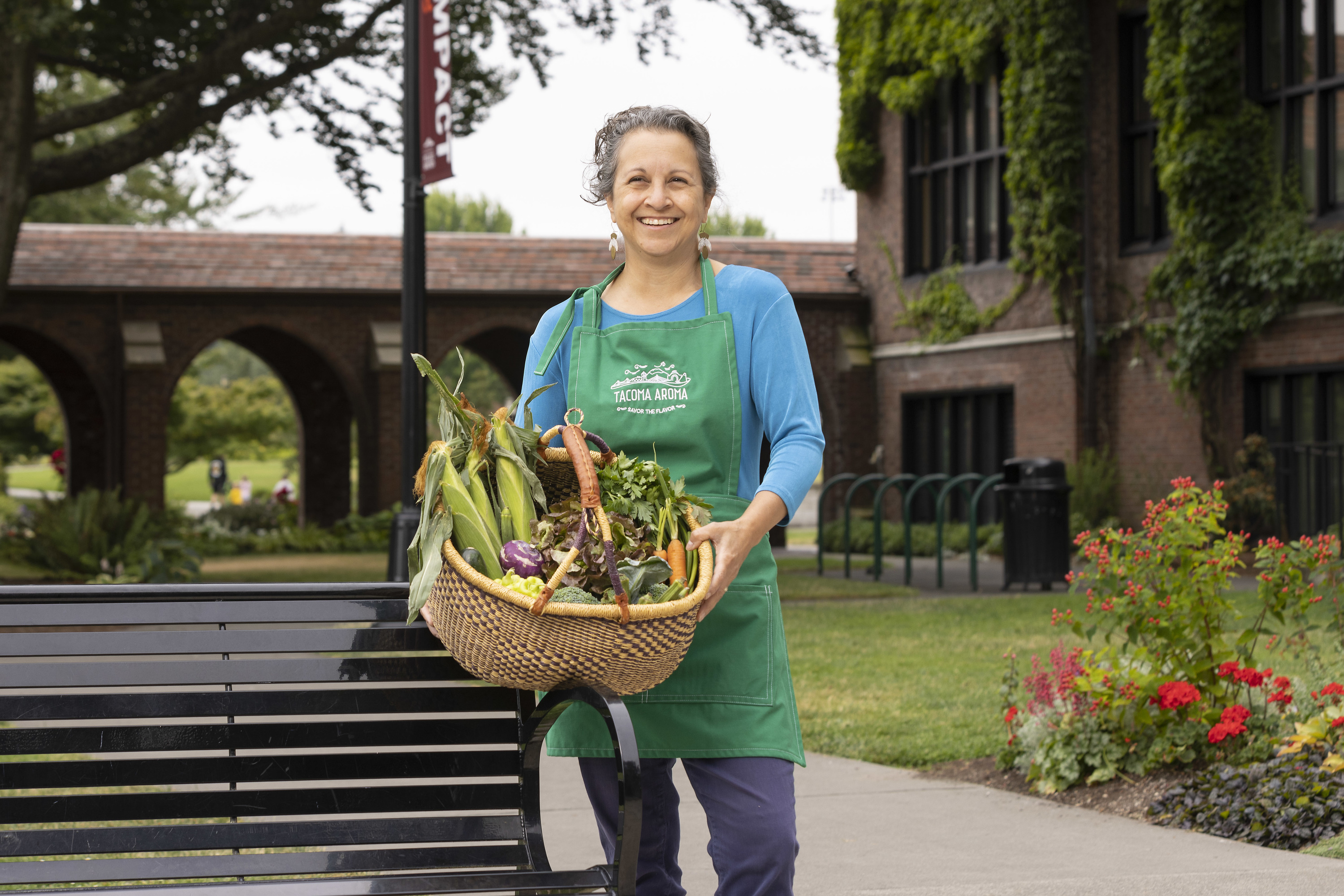No. 1: Set a goal.
Before you start working out, it’s best to set a goal for yourself, Roling says. Pick a manageable goal, so you aren’t discouraged from the onset. It can be a long-term goal, such as weight loss or strength gain, or a short-term goal, like working out multiple times a week. Weight loss, general fitness, strength training, flexibility, and mobility all can make great goals.
“Having a concise fitness goal will help you be more productive in searching for a workout that’s best for you and completing your workouts once you’re on a program,” Roling says.
No. 2: Keep track.
Roling says it’s imperative to track your current weight, what types of exercises you’re doing, and how much weight you’re using. Including subjective measurements, such as a scale of one to 10 for fatigue or discomfort during an exercise, also are key. “It’s really useful to record all of that data so you know where your body is during each phase of your program,” he says.
Roling encourages his student-athletes to track their progress the old-school way, using programs such as Microsoft Excel and Word or by keeping a journal or a workout notebook. If you’re looking for something more advanced, he recommends smartphone apps like MyFitnessPal for logging activities and calories.
No. 3: Get creative.
With gym closures and a lack of access to equipment, Roling says you’ll need to be creative in how you challenge your body and motivate yourself to workout. One simple way to add resistance to your workout is to use items found around the house. Fill backpacks or duffle bags with books to add resistance during lunges or squats, or to use in place of weights when doing bench presses. Water bottles or milk jugs can be used similarly.
Another way Roling is encouraging his student-athletes to get creative during quarantine is with technology—using Zoom, FaceTime, or social media to work out virtually with friends and teammates. “We have to use technology to our advantage during this time,” he says. “It has to be a tool and a resource to help us maintain our physical and mental health.” Having a virtual workout session can help keep you accountable and give you the push you need to follow through on your workouts.
The bottom line is to use this time as an opportunity. “Don’t think you’re on a fixed path of [either] going to a gym or doing nothing at all,” Roling says. “It comes down to finding something that works for you and building upon that.










